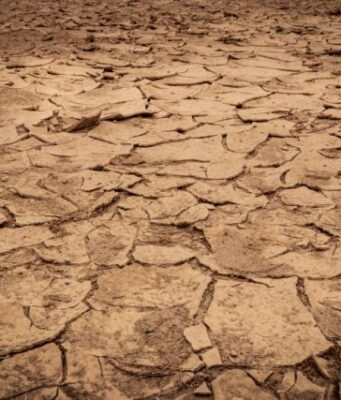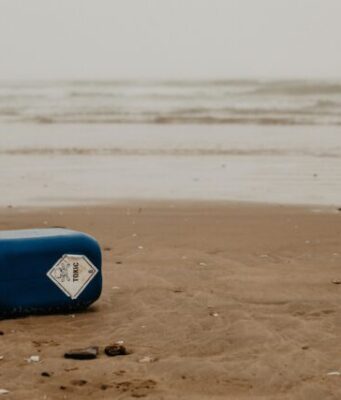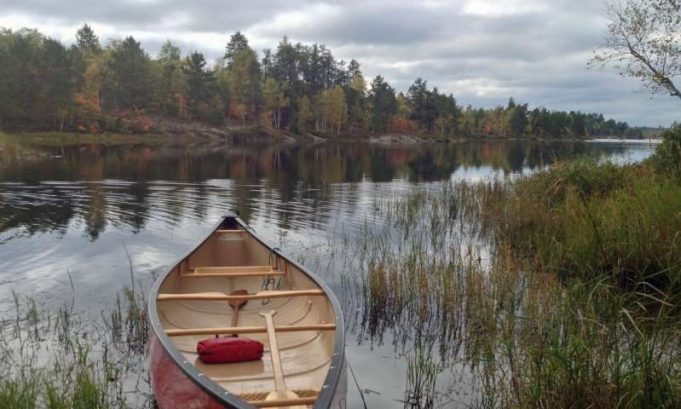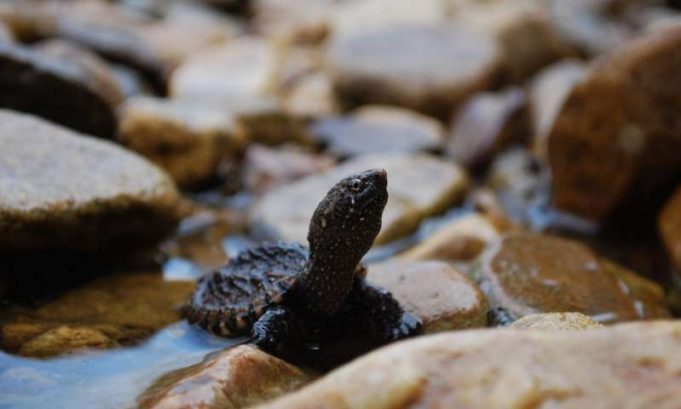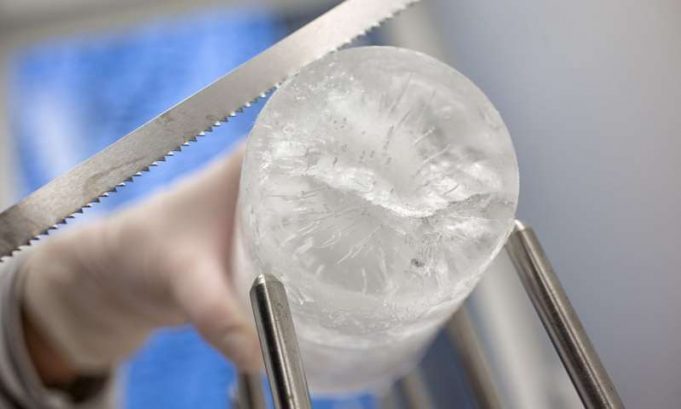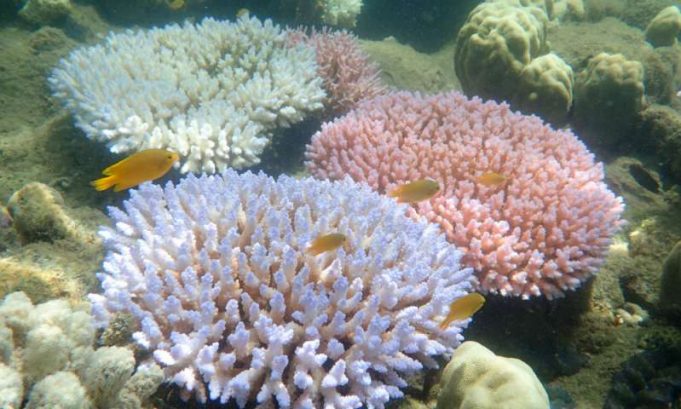A global expert on infrastructure says that China's plan to crisscross half of the Earth with massive transportation and energy projects is environmentally the riskiest venture ever undertaken.
"China has enormous ambitions," said Distinguished Professor William Laurance from James Cook...
A new study is suggesting many of the plants and animals that call Latin America home may actually have their roots in the Amazon.
The study, co-authored by Harvard Visiting Scholar Alexandre Antonelli and an international team of researchers, found...
For the first time, the world's tourism footprint has been quantified across the supply chain—from flights to souvenirs—and revealed as a significant and growing contributor to greenhouse gas (GHG) emissions.
Small islands attract a disproportionate share of carbon emissions, considering...
A new study of chemical reactions that occur when organic matter decomposes in freshwater lakes has revealed that the debris from trees suppresses production of methane—while debris from plants found in reed beds actually promotes this harmful greenhouse gas.
As...
Global lake evaporation will increase 16 percent by the end of the century as a consequence of climate change, a new Yale study finds. But the specific mechanisms that will drive that phenomenon are not quite what scientists expected.
While...
Purdue University scientists led a comprehensive analysis of research concerning the effects of microplastics on aquatic life, with the results showing widely different impacts among different types of animals. Strong negative effects were particularly apparent for small animals, such...
When people are out and about, they leave plumes of chemicals behind them—from both car tailpipes and the products they put on their skin and hair. In fact, emissions of siloxane, a common ingredient in shampoos, lotions, and deodorants,...
Most of us know that our biological sex is decided by the pairing of X and Y chromosomes during conception.
However, for many wildlife species, sex of offspring is determined after fertilization and often influenced by environmental factors, such as...
Experts at the Alfred Wegener Institute, Helmholtz Centre for Polar and Marine Research (AWI) have recently found higher amounts of microplastic in Arctic sea ice than ever before. However, the majority of particles were microscopically small. Ice samples from...
Soldiers often need to see through smoke, fog, dust or any other airborne obscurant and detect the presence of toxins or other chemicals in the field or on the front lines. To identify those chemicals, they use infrared (IR)...
A new study published online today in Nature shows that corals on the northern Great Barrier Reef experienced a catastrophic die-off following the extended marine heatwave of 2016.
"When corals bleach from a heatwave, they can either survive and regain...


